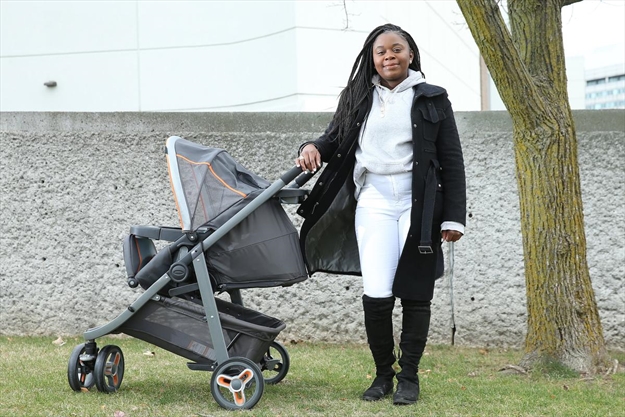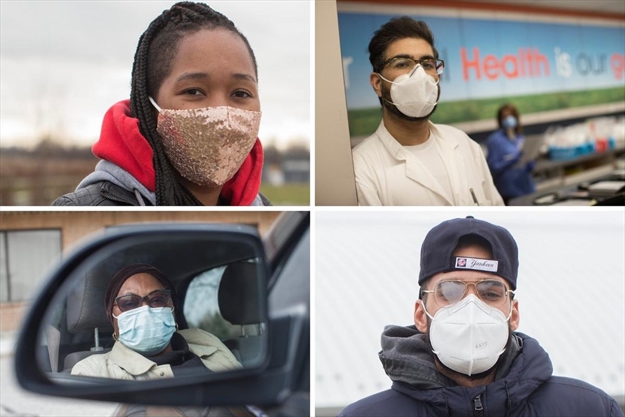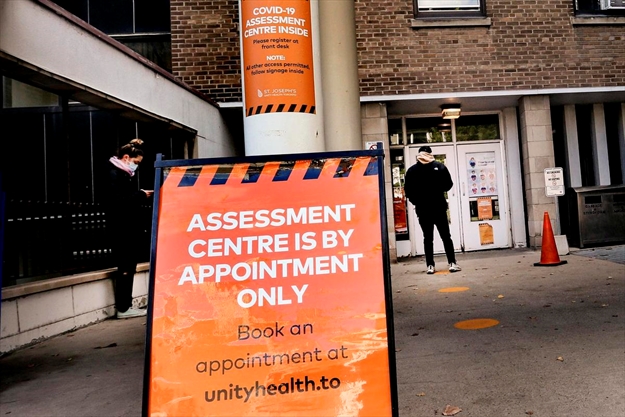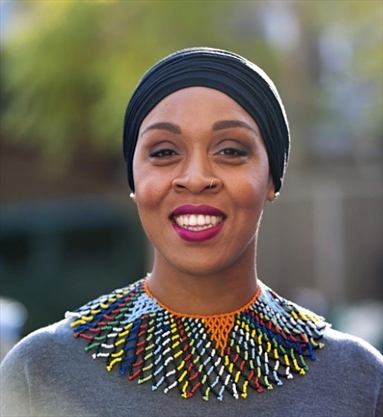The pandemic exposed huge gaps in EI — turns out the parental leave system has many of the same problems
The year 2020 is proof the best laid plans can go wrong. Just ask Shantae Cunningham.
The self-employed, Toronto-based owner of an accounting firm had everything laid out: she was going to voluntarily pay into the Employment Insurance program throughout 2020 so she could access parental benefits come 2021, when she started a family.
Then COVID-19 happened.

“I had a whole plan … and then that was sort of cut right at the knees in March,” said Cunningham.
When the pandemic hit, Cunningham lost about 90 per cent of her client base. Around the same time, she discovered she was pregnant.
Instead of getting parental leave, Cunningham had to dip into her savings before the baby was born at the same time she refocused her business.
“My entire pregnancy I stressed about money,” she said.
Now, with her baby boy just weeks old, Cunningham is giving herself as much leave as she can; she’s taking a few months off of some clients, while continuing to work with others. She even worked the day after her child was born.
If she were eligible for parental benefits, Cunningham would have taken a full leave. But that’s not an option.
“It’s scary for me, especially as a freelancer. I just want to see some residual money coming in.”
Cunningham worked at an accounting firm before starting her own business, but the years she spent paying into the EI program don’t count toward her parental leave because she’s been self-employed for two years.
She says the EI program needs to change to accommodate the growing number of freelancers, gig workers, entrepreneurs, and self-employed.
“Essentially, we’ve been left out,” she said.
After COVID-19 made it clear the EI system needed to change, the federal government hinted it would work toward bringing the program up to speed. The program is currently being bolstered by temporary changes meant to include more people affected by the pandemic, reducing the number of hours needed to qualify and boosting the wage replacement rate.
In the long run, experts say parental benefits need to be easier to access, offer higher rates, and incentivize both parents to take leave.
Dana Wray, a PhD student at the University of Toronto studying social, work and family policies, said COVID-19 has exposed existing inequalities in the federal parental benefit system, deployed under EI.
Just like EI itself, it’s contingent on employment — a specific kind of employment, meaning people with precarious, low-income, or contract jobs often don’t qualify.
“It ends up just furthering some of the inequalities based on gender, social class or race, or intersections of those,” she said.
In the longer term, this will make it even harder for women, especially women of colour, to re-enter the job market, Wray said.
Canada Research Chair in gender, work and care Andrea Doucet said before the pandemic, around 35 per cent of women in Canada outside Quebec were unable to access parental leave (she noted this data excludes the territories and First Nations, a gap she said needs to be addressed).
“A lot of people pay into it … and then don’t benefit from it,” she said.
Sophie Mathieu, a post-doctoral fellow at the Université TÉLUQ who researches the Quebec parental leave system, said there are three aspects that need to change: accessibility, rate and the structure of paternity leave. These are all aspects where Quebec, which is known for its subsidized child-care program and parental benefits, is leading, she said.
Access to parental leave in Quebec requires the parent to make just $2,000 during the qualifying period, the equivalent of 153 minimum-wage hours, Mathieu said — and contract, gig and self-employed workers are eligible. Secondly, parents in Quebec receive between 55 per cent and 75 per cent of their income, up to a maximum insurable earnings of $78,500. By comparison, the federal EI system offers up to 55 per cent of a maximum insurable earnings of $52,400.
With the economic recovery in mind, Brock University associate professor of sociology and associate dean of social sciences Kate Bezanson said it’s time to act quickly so that women aren’t left behind.
“I think that the easiest fix is to take the Quebec model … and adopt that for the rest of Canada,” she said.
In addition to eligibility and rate, Mathieu said Quebec’s approach to leave for the father, or second parent, makes those parents much more likely to take parental leave. Every parental leave plan includes a “use it or lose it” additional leave for the father or second parent of three to five weeks, which is not dependent on the eligibility of the other parent. The federal program’s additional five-to-eight-week Parental Sharing Benefit, however, is dependent on both parents’ EI eligibility. That’s why while Quebec sees a high rate of fathers using this leave, the federal benefit has a much lower uptake, she said.
As well, Wray said the low wage replacement rate of federal parental benefits makes fathers or second parents less likely to apply, preferring instead to keep working.
“I worry if more women are forced out of the labour force or forced into lower income or precarious work, that that financial logic will be even harder to get around,” she said. “Fathers will be less willing or less able to take time to spend with their children in their first year through parental leave if they feel they can’t afford it.”
Experts also say that parental benefits should be considered a care policy, not just an employment policy, more tightly integrating them with other policies such as child care (the federal government has promised a national child-care strategy).
Doucet said if parental leave is always tied to employment, it will always leave out some people.
“If we’re going to have an inclusive system, that would mean actually thinking a little bit wider outside of the employment relationship,” she said.
Bezanson said it’s about having more coordination between different areas of policy so that child care and parental leave are thought of as complementary family policies. During the pandemic she’s seen more coordination between different policy jurisdictions than before.
“I think that’s a good moment for us to harness that energy and make the kind of bold policy decisions that need to get made,” she said.
This is part two of an ongoing series looking at the pandemic’s devastating effect on women in the workforce.
Rosa Saba is a Calgary-based business reporter for the Star. Follow her on Twitter:



















